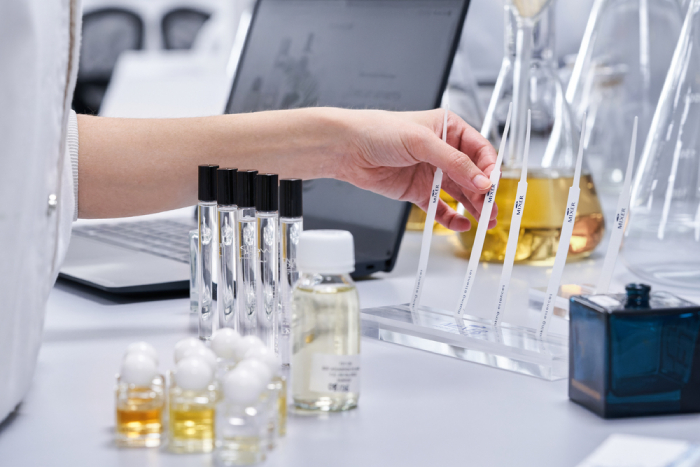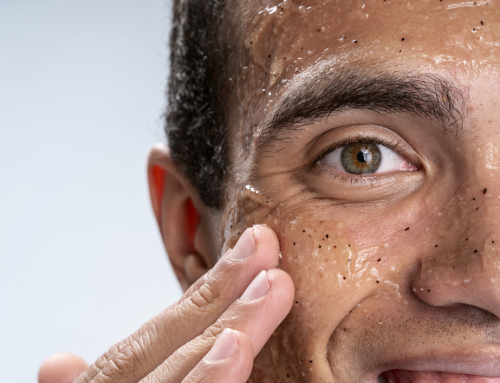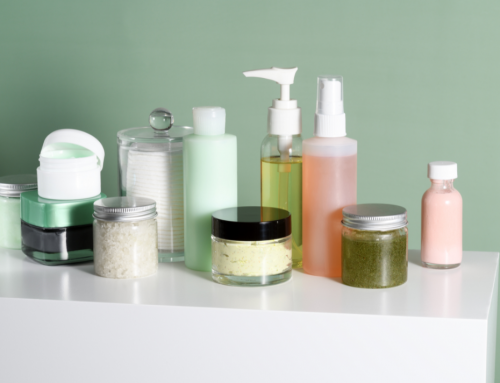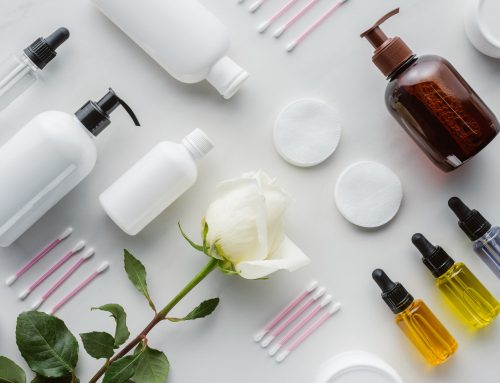Creating a Perfume Line: Why Entrust This Project to a Cosmetic Laboratory?
The Role of Cosmetic Laboratories in Developing a Perfume Line
Creating perfumes is not just about pleasant scents—it’s a technical, strategic, and highly specialized process. This is why many beauty brands choose to entrust this task to experienced cosmetic laboratories.
These labs are staffed with experts in chemistry, biotechnology, dermatology, and olfactory marketing, capable of transforming a conceptual idea into a market-ready fragrance.
The laboratory’s role begins with product conceptualization: they analyze the brand identity, target audience, and current trends. From there, they select raw materials, develop samples, and carry out stability, compatibility, and fixation tests.
Additionally, laboratories ensure that the fragrance complies with international regulations, such as IFRA and REACH.
Key Steps to Creating Unique Fragrances That Captivate Consumers
-
Olfactory brief: developed jointly with the client to define the personality of the perfume, its intended use, and the emotions it should evoke. This document guides the entire creative process.
-
Ingredient selection: essential oils, safe synthetic compounds, fixatives, and additives are chosen, with close attention to quality and traceability.
-
Prototype development: perfumers create multiple versions to fine-tune top, heart, and base notes. Sensory tests help determine the ideal balance.
-
Testing and adjustments: the fragrance’s stability is evaluated under various conditions (temperature, light, humidity), and adjustments are made to ensure longevity and projection.
-
Regulatory and technical documentation: a technical dossier is prepared, including safety tests, toxicological sheets, and legal documents for registration and commercialization.
-
Production and packaging: the lab handles large-scale manufacturing, filling, labeling, and quality control, respecting maceration times when required.
Key Ingredients and Trends in Today’s Cosmetic Fragrance Market
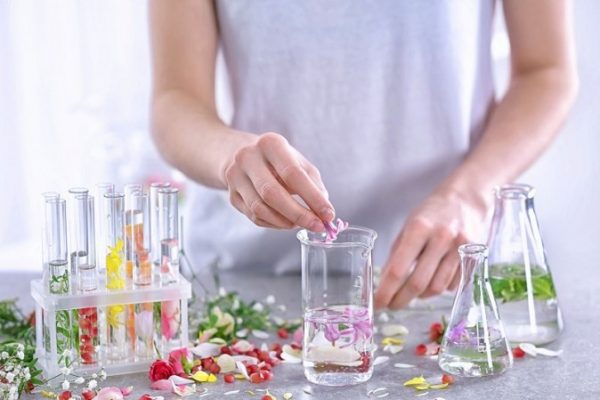
Today’s consumers increasingly value authenticity, sustainability, and originality in perfumes. Current trends include:
-
Natural and sustainable ingredients: such as essential oils from organic crops, plant-based alcohols, and biodegradable fixatives.
-
Unisex fragrances: with neutral or unconventional olfactory profiles that move away from traditional male/female distinctions.
-
Long-lasting technology: like microencapsulation and other delivery systems that provide enhanced wear time on the skin.
-
Multicultural inspiration: fragrances incorporating ingredients and traditions from around the world, such as Arabian oud, Japanese green tea, or Madagascar vanilla.
-
Minimalism and transparency: perfumes with fewer ingredients, full formula disclosure, and recyclable packaging.
Main Advantages of Outsourcing Perfume Production to a Specialized Laboratory

Entrusting perfume production to a specialized lab offers several significant advantages:
-
Lower initial investment: no need for in-house infrastructure, which reduces operating costs.
-
Technical expertise: access to experienced professionals in formulation, regulations, and fragrance trends.
-
Regulatory compliance: the lab ensures that the final product meets all local and international standards.
-
Scalability: production can range from small batches to large volumes, depending on market demand.
-
Faster time-to-market: by centralizing the entire process—from formulation to packaging—launch timelines are greatly accelerated.

